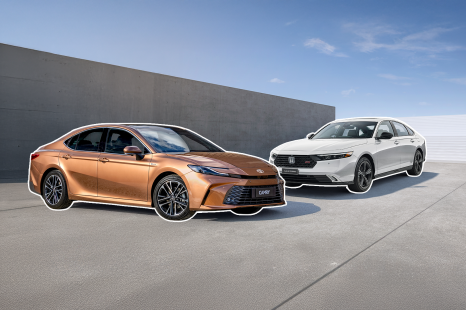

Andrew Maclean
2025 Honda Accord e:HEV RS vs Toyota Camry SL: Spec Battle
3 Months Ago
Buying an entry-level Porsche is usually seen as a bad thing, but we reckon the base Taycan is the one to get – here's why.
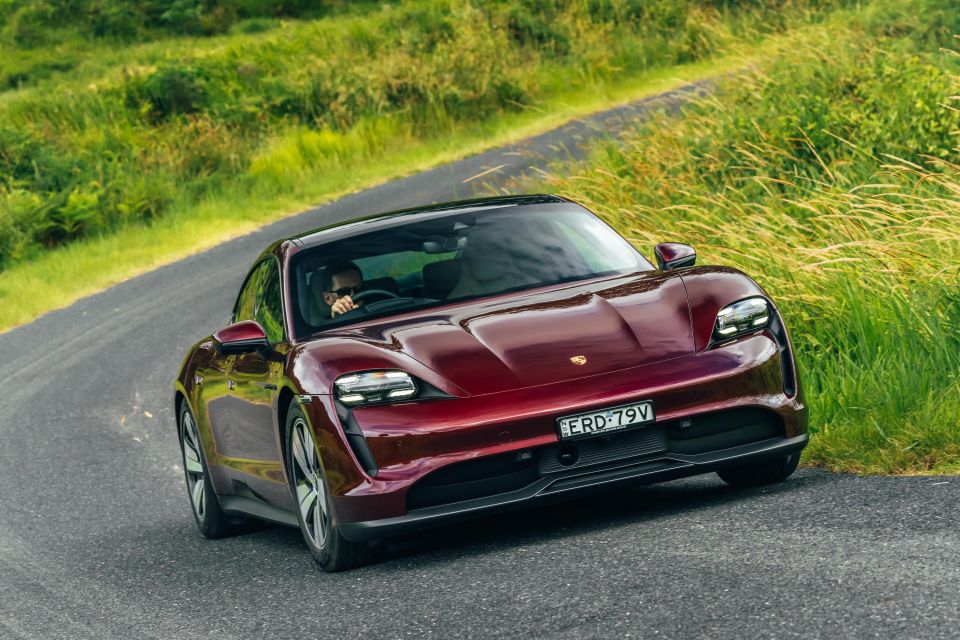


Quickly see how this car stacks up against its competition. Select any benchmark to see more details.
Where expert car reviews meet expert car buying – CarExpert gives you trusted advice, personalised service and real savings on your next new car.
The base rear-wheel drive Porsche Taycan is the onlyTaycan you should buy – I’ll tell you why.
Owning the base model of any Porsche is most often a case of feeling like you really could’ve done better. Sounds like the quintessential first-world problem, but it’s often true. Consider a base 718 Cayman or 911. Sure, they are both lovely cars, but shouldn’t you have stretched to an S?
The problem is, it doesn’t actually stop there. If you buy an S, why not a GTS? Why not a GT3 or the Turbo? Have you ever heard that a Turbo or a GT3 is a poor man’s Turbo S or GT3 RS, respectively?
Porsche is one of the most iconic car manufacturers in the world, however what it’s often not given enough credit for is the amazing product planning. If you want to hire a product planner for your business, take someone from Porsche, there is genuinely no other car company in the world that can take a super niche product and create one for almost anyone that has the means to buy one.

There are currently 26 versions of the 992-gen Porsche 911 in Australia – twenty-six! That doesn’t even count the GT3, or even GT3 RS that is yet to be released.
Given only 428 people bought a 911 in Australia last year (38,464 globally), any accountant will tell you the business model doesn’t make sense. Thankfully, Porsche is and continues to be incredibly successful at making market-leading sports cars because it’s not ran by accountants (also because the accountants make the SUVs).
The reason you would go for an GTS over an S or a Turbo over a GTS in other model lines has historically been about differing engine sizes, wider bodies, and a sense of pride that comes with the noise and sensation of owning the range-topper. With the Taycan, the fact it’s a full-electric vehicle makes those differences more meaningless than ever before.
Yes, the base Porsche Taycan takes 5.4 seconds to get to 100km/h compared to just 2.8 seconds for the Turbo S, but the feeling is not the same as going from a base 911 to a GT2 RS. It’s nothing alike. There is a void of emotion that no amount of speed will make up for.
That being the case, if you have been waiting for the right Taycan, you just found it.
Talking about how much a Porsche costs is like asking a financial planner to give you advice – there is no concrete answer. The most affordable Porsche Taycan starts at $156,300 before on-road costs and that’s the car we are reviewing here.
However, our test vehicle was just a few thousand short of $200,000 after options, so don’t be fooled by the sticker price. At least you save on fuel, right?
2022 Porsche Taycan pricing:
All prices exclude on-road costs and are current as of March 31, 2022
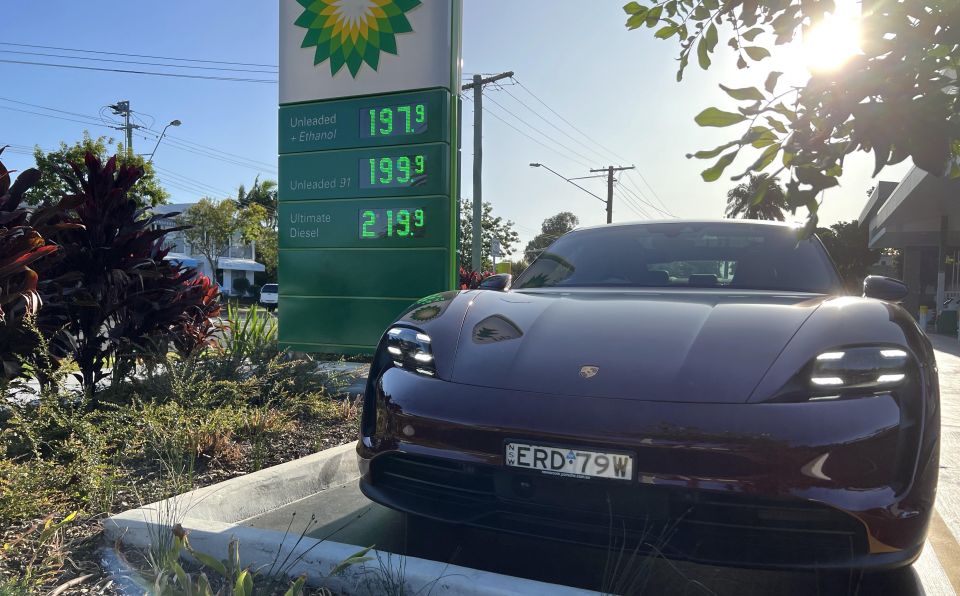
Our test car had the following options:
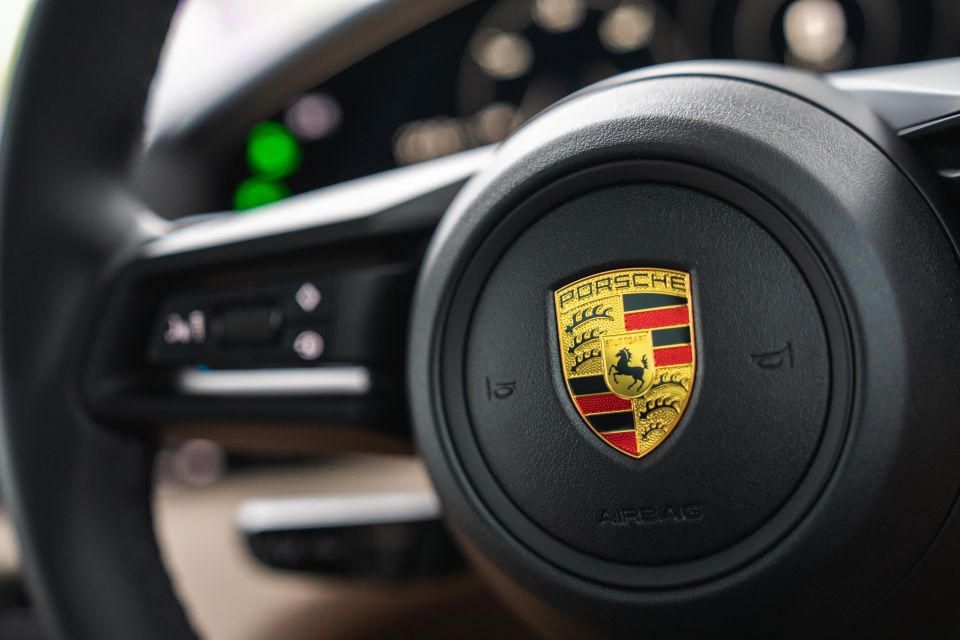
All up, the ‘base’ Taycan you see here is $194,800 plus on road costs.
You’re not reading that wrong, you have to pay $1050 so your Porsche can play a digital sound file to make you feel like you’re driving a sports car. If you don’t it will still play a sound… it’s just not as sporty – welcome to the future of motoring.
We can bemoan the options list of any Porsche for hours, but it’s pointless. If you want one – and the Taycan is in very high demand – you pay the price.
I am yet to hear my wife argue with the Hermes salesperson about why a handbag costs $25,000 and then you have to pay $2500 for a strap, so who am I to question why a $160,000 Porsche needs an optional Bose sound system that’s standard on a $35,000 Mazda 3?


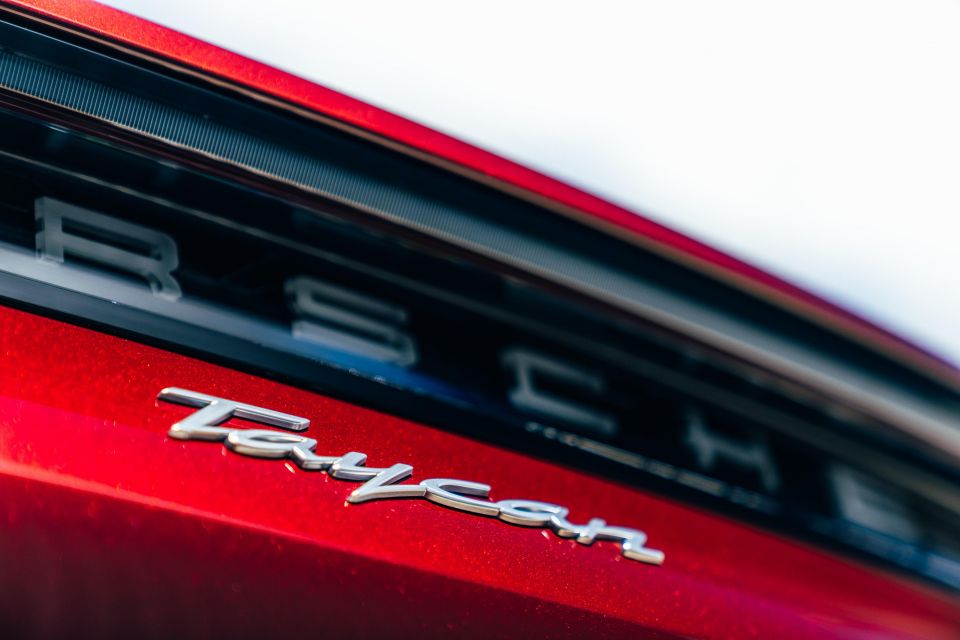
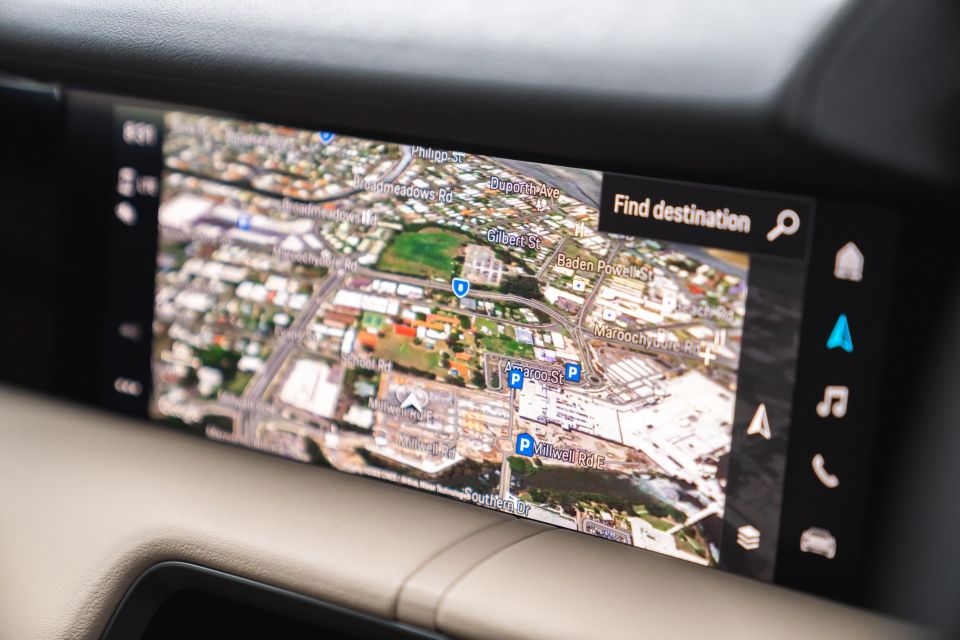
Buy your new car without the stress. It's fast, simple and completely free.

Great service from Travis and team, second time I have used this business would not hesitate to recommend them to anyone
Craig C.
Purchased a Ford Ranger in Sunshine Coast, QLD
CarExpert helped Craig save $7,224 on his Ford Ranger, now let us save you on your next new car.
Get your BEST priceTaycan (base) highlights:


Going from the standard 79.2kWh battery to the $12k option of a 94.5kWh is not a hard choice as it changes the range from 369km to 434km, which is reasonable and you know you will probably regret not ticking the box. Same goes for the 22kW on-board AC charger for $3500.
You also could consider paying $4540 for the adaptive air suspension if you frequent rough roads, though we found our test car – which didn’t have it fitted – drove pretty well regardless.
Four-zone climate control is another $1720 and probably worth it if your kids are old enough to complain about wanting their own temperature controls (Porsche kids are spoilt, after all).
Perhaps what the base model lacks the most is the full leather interior (you only get partial), which will set you back between $7500-8500 depending on colour.
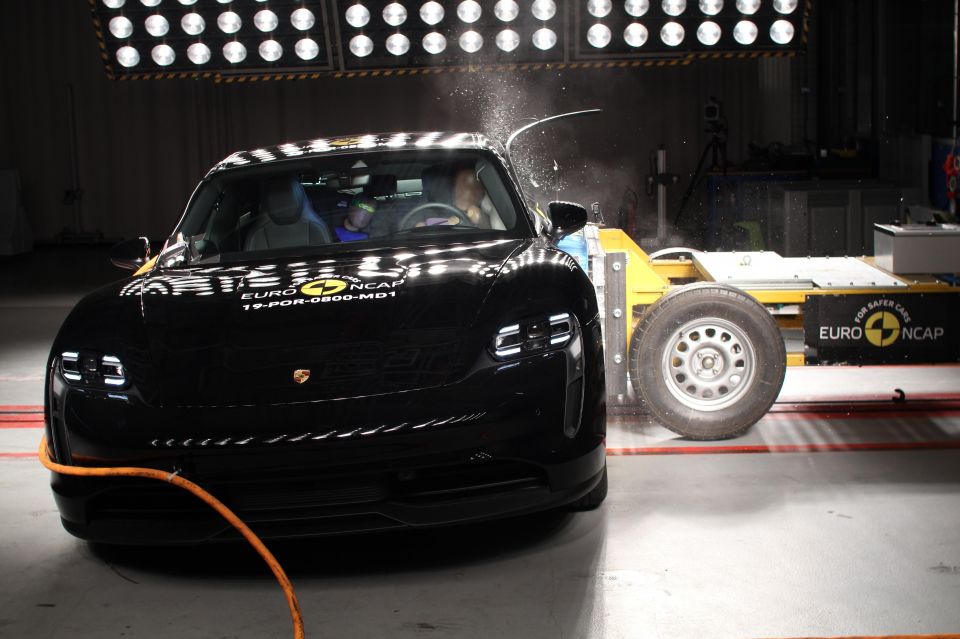
The Porsche Taycan range scored a five-star safety rating in Euro NCAP testing but there is no ANCAP equivalent rating as yet.
It scored 85 per cent for adult occupant protection, 83 per cent for child occupant protection, 70 per cent for vulnerable road user protection, and 73 per cent for safety assist.
Autonomous emergency braking, lane-keep assist, and blind-spot monitoring are standard, along with adaptive cruise control.

Would you like some more screens to go with your screens? Welcome to the Porsche Taycan.
As if someone in Stuttgart had screen envy from driving the Tesla Model S for too long, Porsche has gone a bit mad with the displays. When you first sit down you’re presented with a giant, curved 16.8-inch instrument display that really sets the tone for the intent of the car, an ultra-modern technological powerhouse.
Look a little to the left and you will see a central 10.9-inch infotainment display, and if that’s not enough you can equip an optional same-sized passenger display so your front passenger doesn’t feel left out.

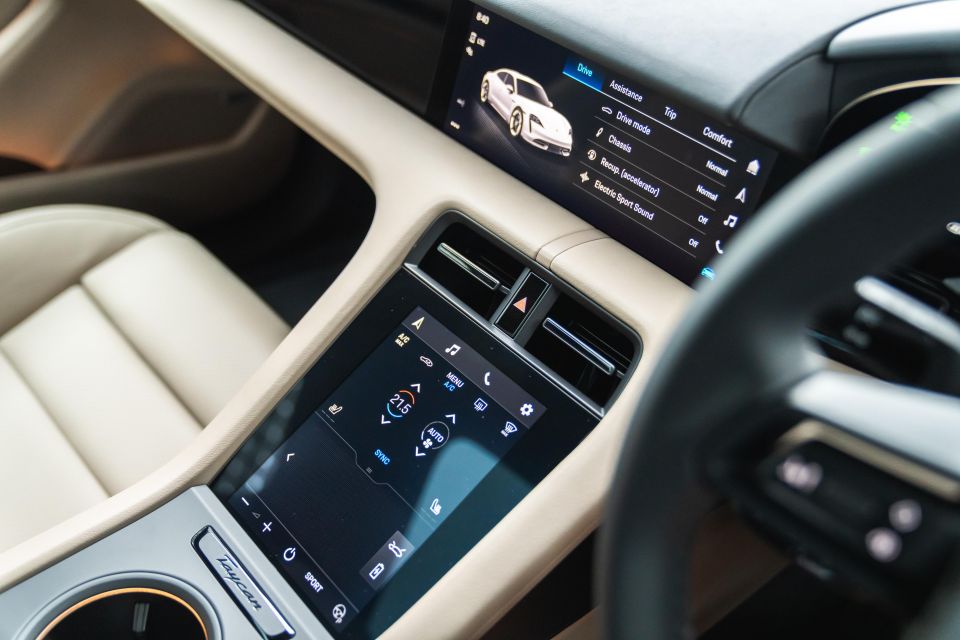
It doesn’t stop there, though. Almost every operation in the Taycan’s interior is carried out via a 8.4-inch touch panel display in the centre console with haptic feedback.
This is where you have to change the climate control and air-con settings. It also has gimmicky features like handwriting recognition you will never, ever use. Pick the four-zone climate control and Porsche will throw in another 5.9-inch screen in the back.
We love screens, we really do, but there is a point where you would like to just be able to do some basic things manually.
For example, you cannot physically move the air vents and instead need to alter the direction of air flow via touchscreen controls. It’s like back in the 1960s when NASA spent millions developing a pen that would work in space, the Russians just used a pencil. Feels like technology for technology’s sake rather than just pure convenience.


Storage in the front row could be better given you only have two cup holders and a centre console. Our test car had the giant panoramic sunroof (no shade), which we absolutely would not recommend if you live in a hot climate like Queensland.
It’s beautiful at night but it does raise the cabin temperature a fair bit and we felt the inability to be able to keep sunlight out was a little annoying. The kids will love it though.
The front and rear seats are very comfortable and usable for long drives. You probably wouldn’t want to fit three large adults in the rear of the optional 4+1 interior, but two will be pretty happy back there as long as they don’t measure north of 185cm.
Boot capacity isn’t as large as we would like, measuring 366L in the rear and 84L up front, meaning combined they offer less stowage space than most small hatchbacks.

The base Porsche Taycan tested here features a single-motor electric powertrain and a standard 79.2kWh battery pack.
It makes 240kW (280kW with battery upgrade) which can ‘overboost’ (that’s the Porsche term, not ours), to 300kW or 350kW respectively. It will do 369km as it comes, or 434km with the optional battery upgrade.
By comparison, in the 4S it generates 420kW of power and a maximum 650Nm of torque. The Turbo produces 500kW of power and 850Nm of torque. Claimed range is up to 452km on the WLTP test cycle for the 4S and Turbo.

The Taycan platform supports 800V charging, along with a mix of single- and three-phase AC charging. In its regular trim it can achieve up to 11kW charging on AC, but an optional three-phase 22kW charger can be selected to improve charge capacity.
DC charging occurs at 800V and peaks at 262kW, with an average charge rate of 197kW over a typical cycle. It’s a pretty impressive figure when compared to other fast-charge capable EVs on the market.
Porsche has also fitted the Taycan with charge ports on both sides of the vehicle on the front quarter panel. One side caters for AC and DC charging, while the other side will only do AC charging.
Like other vehicles with chargers located further down the sides, it can be a little tricky to reach the charge port on chargers with shorter DC cable runs. How much juice does it use? The official claim is 26.2kWh/100km.
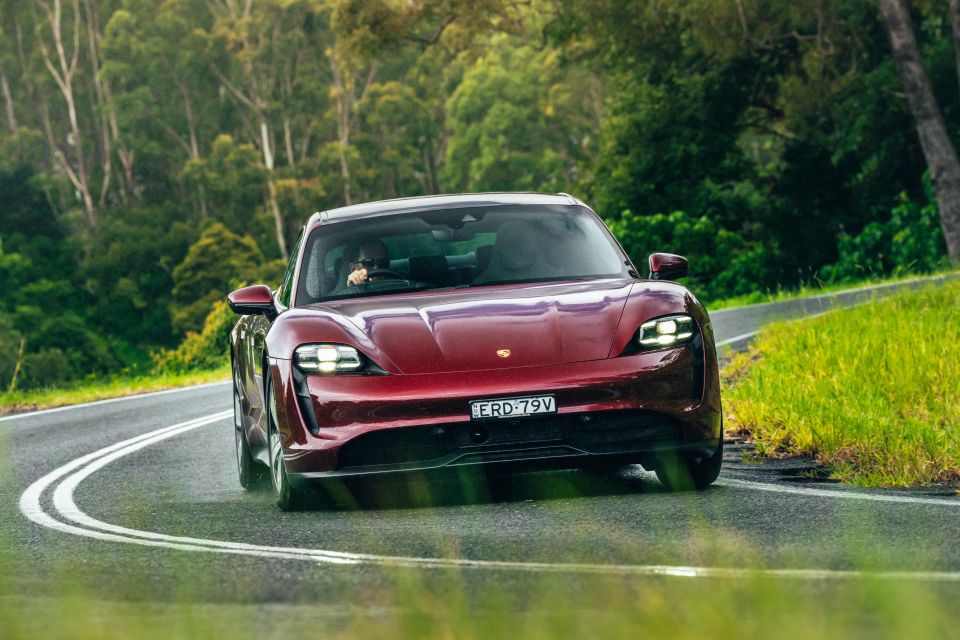
Over the last few months we’ve tested the Taycan Turbo and Turbo S for extensive periods of time and while they are sickeningly fast both on paper and in real life, they are not the same type of fast as the Porsche 911.
By that we mean it’s similar to a Tesla where you can do the party trick of launching from the lights at full speed to impress your passengers a few times, then never do it again because it is – genuinely – just not that fun.
Taking 5.4 seconds to 100km/h is not fast by Porsche standards, but it’s fast by pretty much every other measure. When we first put our foot flat to the floor in the base Taycan we were a little bit disappointed (having just jumped out of a Turbo), but after about 20 minutes of driving it made so much more sense.

Where expert car reviews meet expert car buying – CarExpert gives you trusted advice, personalised service and real savings on your next new car.
There is ample power to get you where you want to go and overtaking is a breeze. Because we live in a draconian country obsessed with speed as the cause of all the world’s problems, you also won’t be bothered by its 0-200km/h time of 16.5 seconds (10.7s for the Turbo S), though we can see that being an issue if you lived in Europe.
Dynamics-wise, the base Taycan feels heavy. It quotes an unladen weight of 2050kg – 145kg less than the Turbo S thanks to a smaller battery and no front motors.
Being rear-wheel drive doesn’t hinder the driving capability, but the lack of air suspension made cornering not as flat or as confidence-inspiring as higher-spec models – but let’s be real here, are you going to be driving your Taycan flat-out around a mountain road all too often? The answer is definitely no.

Our only real-world complaint with the base Taycan’s driving ability was the tyres. There were two cars for us to test, one was wearing Continental Contact 6s and the other – the one we tested – was on Hankook Ventus S1 Evo 3s
To be blunt, they weren’t very good for any spirited driving. Actually that’s being generous – they are a dreadful tyre for any car wearing a Porsche badge.
As we found out tracking the Taycan Turbo S, if you love speed and want to have some fun, sacrifice a bit of range and go to a stickier tyre like a Pilot Sport 4S (can you not stretch to a Cup 2? Why not just go Cup 2R…)

The Porsche Taycan is covered by a three-year, unlimited-kilometre warranty. It would be nice to see that warranty extended to five years, in line with most other premium manufacturers. The battery warranty is eight years/160,000km.
Another strange thing is the cost of maintenance, which is required every 12 months or 15,000km, whichever comes first. You can prepay for three, four or five years of servicing, which comes in at $2995, $4495 and $5495 respectively.
According to what we could dig up, the only thing Porsche is doing to your Taycan for its service is a pollen and air filter replacements every two years and a brake fluid flush when required (or every two years).
What else Porsche is doing to service the Taycan remains a bit of a mystery to us, as Tesla servicing is basically when the tyres or brakes need replacing.
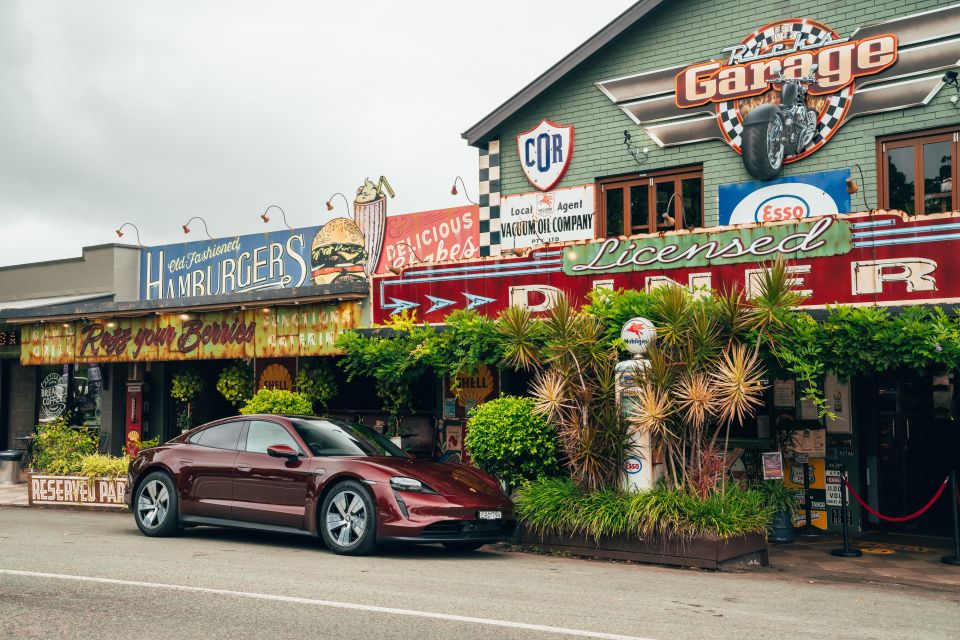
Buy your new car without the stress. It's fast, simple and completely free.

Great service from Travis and team, second time I have used this business would not hesitate to recommend them to anyone
Craig C.
Purchased a Ford Ranger in Sunshine Coast, QLD
CarExpert helped Craig save $7,224 on his Ford Ranger, now let us save you on your next new car.
Get your BEST priceIt’s pretty simple when it comes to the Porsche Taycan, and while some of my colleagues may disagree with me, the base model is the one to go for.
If you’re killing it and have cash to burn, go for the Turbo S so you sleep better at night (equivalent to buying a RWD Taycan and a 718 Cayman).
But if you want an awesome electric vehicle for daily use that carries all the essential credentials of what is arguably Germany’s best automaker, the rear-wheel drive Taycan will absolutely not disappoint.

Click the images for the full gallery
Where expert car reviews meet expert car buying – CarExpert gives you trusted advice, personalised service and real savings on your next new car.
Alborz is the founder of CarAdvice (sold to Nine and now Drive) and co-founder of CarExpert. He is an honourary adjunct professor & entrepreneur in residence at the University of QLD. He loves naturally-aspirated V8s, V10s and V12s and is in denial about the impending death of the internal combustion engine. The best way to reach him is via Instagram.


Andrew Maclean
3 Months Ago
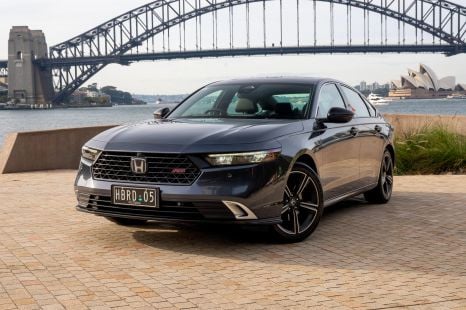

Andrew Maclean
3 Months Ago
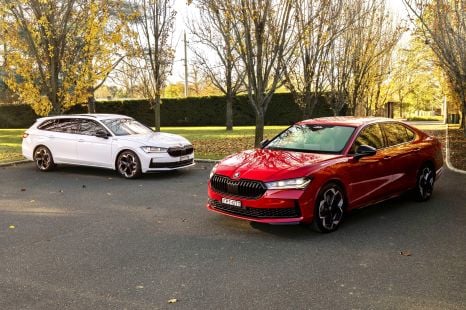

Max Davies
2 Months Ago
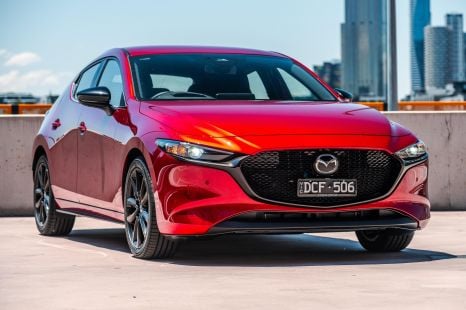

Josh Nevett
2 Months Ago


Josh Nevett
2 Months Ago


James Wong
2 Months Ago